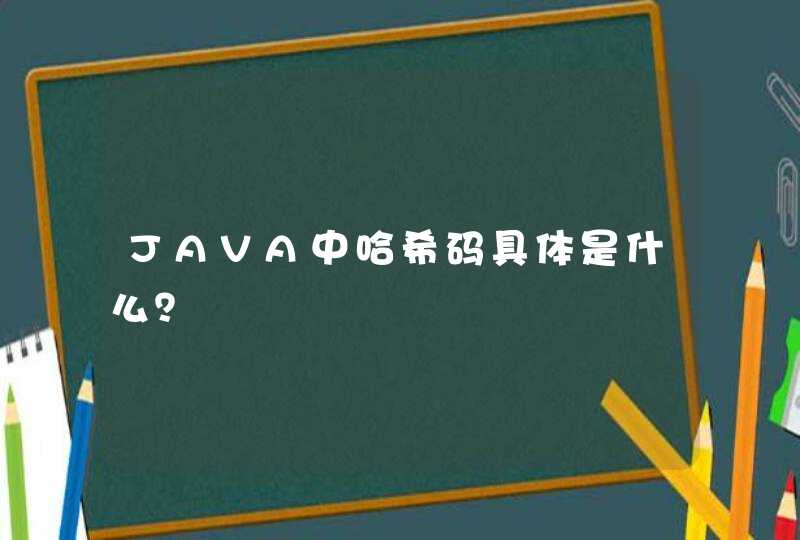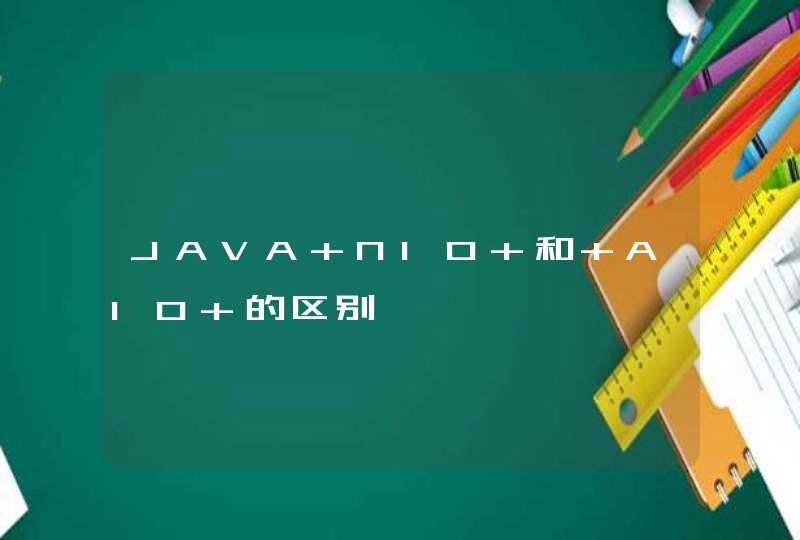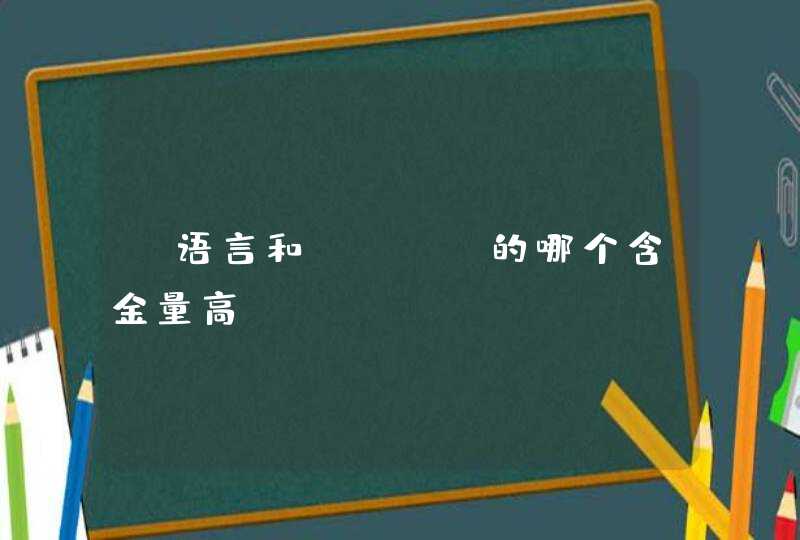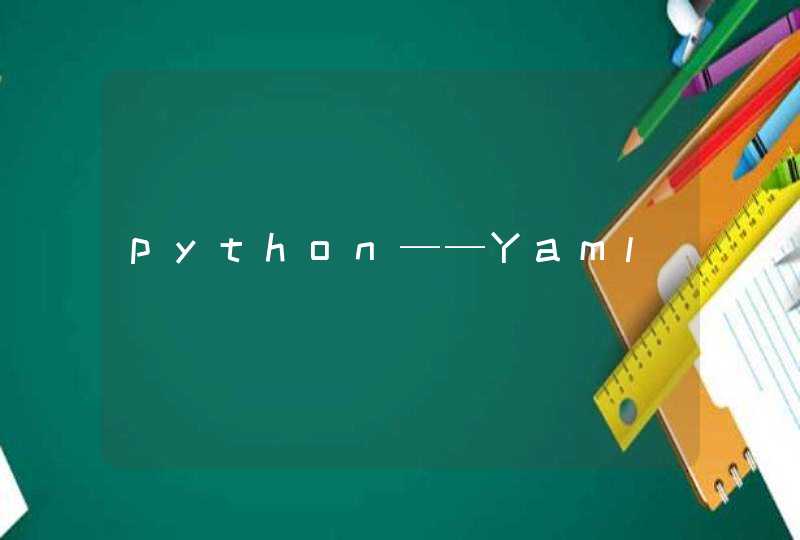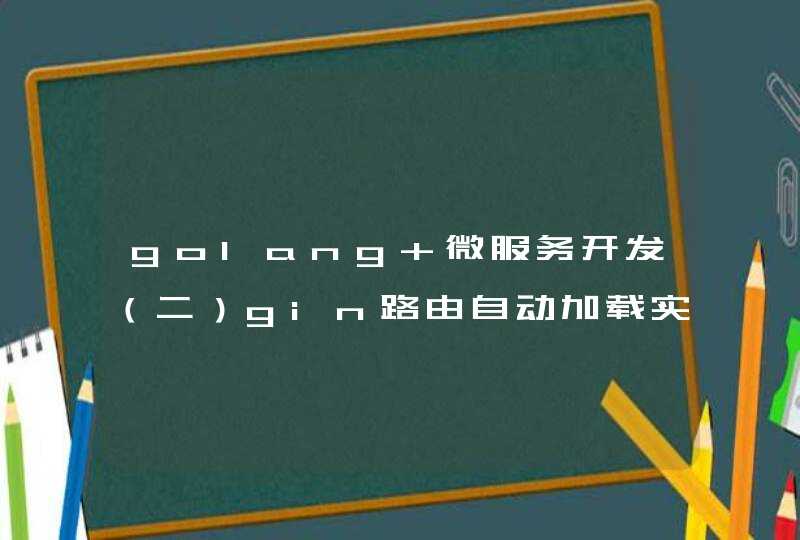
def Wait(self):
self._app.MainLoop()
看名字应该是启动了阻塞循环,去处理app的请求,这个就是需要一直运行的,因为一旦停止了,你的app请求就没发处理了。
如果你需要启动后再执行的别的程序,可以使用多进程,把这个启动放在别的进程里去执行。
如果解决了您的问题请采纳!
如果未解决请继续追问
简单说就是,使用 subprocess 模块的 Popen 调用外部程序,如果stdout 或 stderr 参数是 pipe,并且程序输出超过操作系统的 pipe size时,如果使用
Popen.wait() 方式等待程序结束获取返回值,会导致死锁,程序卡在
wait() 调用上。
ulimit -a 看到的 pipe size 是 4KB,那只是每页的大小,查询得知 linux 默认的
pipe size 是 64KB。
看例子:
#!/usr/bin/env python
# coding: utf-8
# yc@2013/04/28
import subprocess
def test(size):
print 'start'
cmd = 'dd if=/dev/urandom bs=1 count=%d 2>/dev/null' % size
p = subprocess.Popen(args=cmd, shell=True, stdout=subprocess.PIPE, stderr=subprocess.STDOUT, close_fds=True)
#p.communicate()
p.wait()
print 'end'
# 64KB
test(64 * 1024)
# 64KB + 1B
test(64 * 1024 + 1)
首先测试输出为 64KB 大小的情况。使用 dd 产生了正好 64KB 的标准输出,由 subprocess.Popen 调用,然后使用
wait() 等待 dd 调用结束。可以看到正确的 start 和 end 输出;然后测试比 64KB 多的情况,这种情况下只输出了
start,也就是说程序执行卡在了 p.wait() 上,程序死锁。具体输出如下:
start
end
start
那死锁问题如何避免呢看官方文档里推荐使用 Popen.communicate()。这个方法会把输出放在内存,而不是管道里,所以这时候上限就和内存大小有关了,一般不会有问题。而且如果要获得程序返回值,可以在调用
Popen.communicate() 之后取 Popen.returncode 的值。
结论:如果使用 subprocess.Popen,就不使用 Popen.wait(),而使用
Popen.communicate() 来等待外部程序执行结束。
Popen.wait()¶
Wait for child process to terminate. Set and returnreturncode
attribute.
Warning
This will deadlock when using stdout=PIPE and/orstderr=PIPE and the child process generates enough output to a pipe such that
it blocks waiting for the OS pipe buffer to accept more data. Use
communicate() to avoid that.
Popen.communicate(input=None)¶
Interact with process: Send data to stdin. Read data from stdout and
stderr, until end-of-file is reached. Wait for process to terminate.
The optionalinput argument should be a string to be sent to the child process, orNone,
if no data should be sent to the child.
communicate()
returns a tuple (stdoutdata,
stderrdata).
Note that if you want to send data to the process’s stdin, you need to create the Popen object with
stdin=PIPE. Similarly, to get anything other thanNone in the result tuple, you need to give
stdout=PIPE and/orstderr=PIPE too.
Note
The data read is buffered in memory, so do not use this method if the data size is large or unlimited.
subprocess 的两种方法:
1)如果想调用之后直接阻塞到子程序调用结束:
Depending on how you want to work your script you have two options.
If you want the commands to block and not do anything while it is
executing, you can just use
subprocess.call.
#start and block until done
subprocess.call([data["om_points"], ">", diz['d']+"/points.xml"])
2)非阻塞的时候方式:
If you want to do things while it is executing or feed things into stdin, you can use
communicate after the popen call.
#start and process things, then wait
p = subprocess.Popen(([data["om_points"], ">", diz['d']+"/points.xml"])
print "Happens while running"
p.communicate() #now wait
As stated in the documentation, wait can deadlock, so communicate is advisable.


